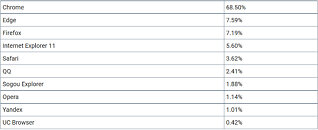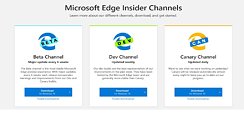
Intel Outs Video Super Resolution for Chromium Browsers, Works with iGPUs 11th Gen Onward
Intel Graphics has introduced feature rivaling NVIDIA VSR (virtual super resolution) for Chromium-based web-browsers such as Google Chrome and Microsoft Edge, which enhances the quality of streaming video, both from lower resolutions to higher; as well as improving the quality at native resolution. This was discovered in the change-log of a Chrome build, which talks about the introduction of a "-features=IntelVpSuperResolution" command-line argument to start Chrome with, to enable the feature.
Apparently, the Intel VSR feature works on Intel iGPUs dating back to the 11th Gen Core ("Tiger Lake" and "Rocket Lake,") based on the Xe-LP graphics architecture. The feature should come particularly handy when trying to upscale online video from lower resolutions (such as SD 360p/480p or HD 720p), up to Full HD (1080p) or higher. It's reported that VSR is enabled by default on Chrome/Edge 110, and doesn't require that command-line argument. To use it, you will need Intel iGPU graphics drivers version 27.20.100.8681 or later.
Apparently, the Intel VSR feature works on Intel iGPUs dating back to the 11th Gen Core ("Tiger Lake" and "Rocket Lake,") based on the Xe-LP graphics architecture. The feature should come particularly handy when trying to upscale online video from lower resolutions (such as SD 360p/480p or HD 720p), up to Full HD (1080p) or higher. It's reported that VSR is enabled by default on Chrome/Edge 110, and doesn't require that command-line argument. To use it, you will need Intel iGPU graphics drivers version 27.20.100.8681 or later.















